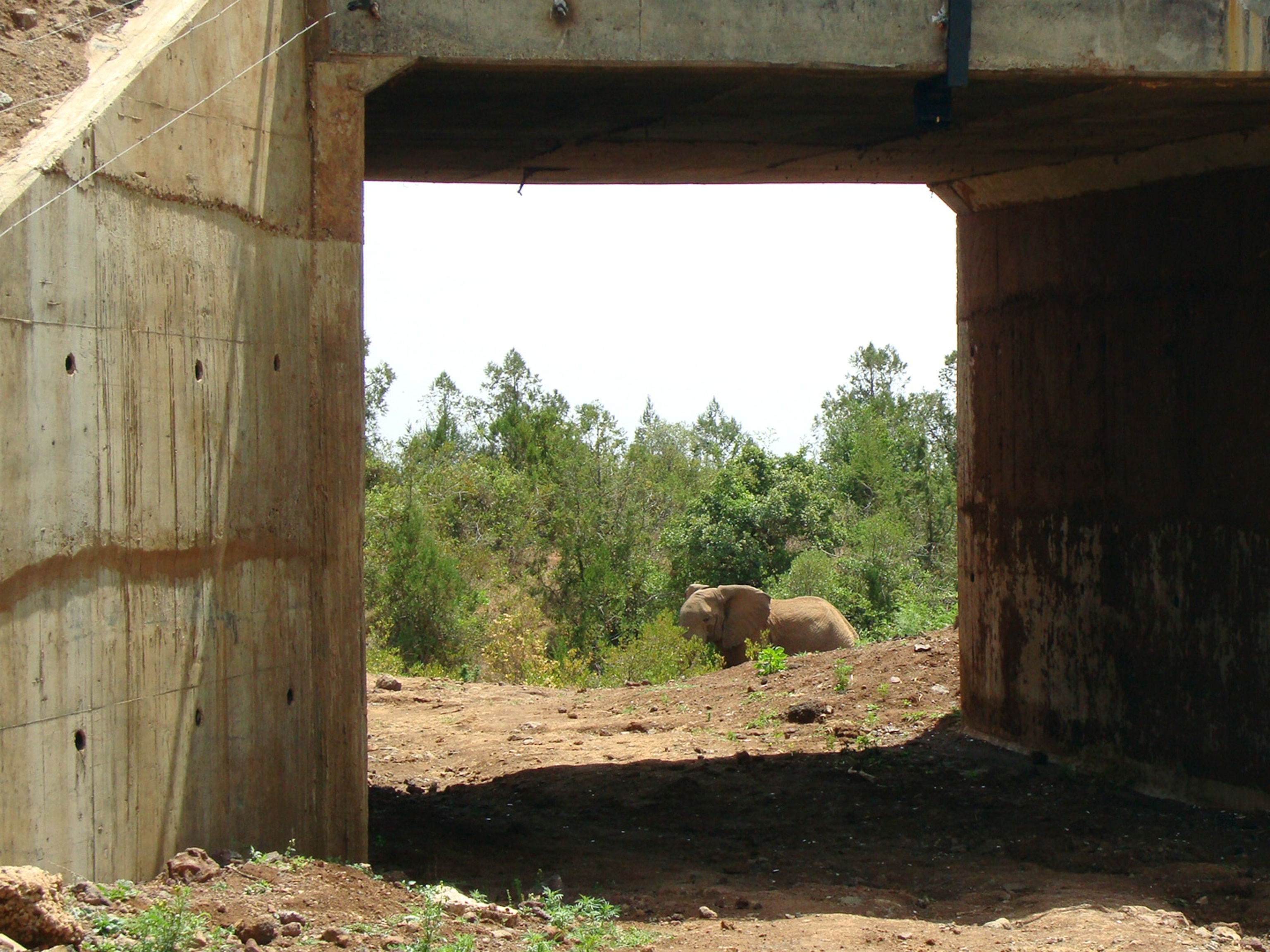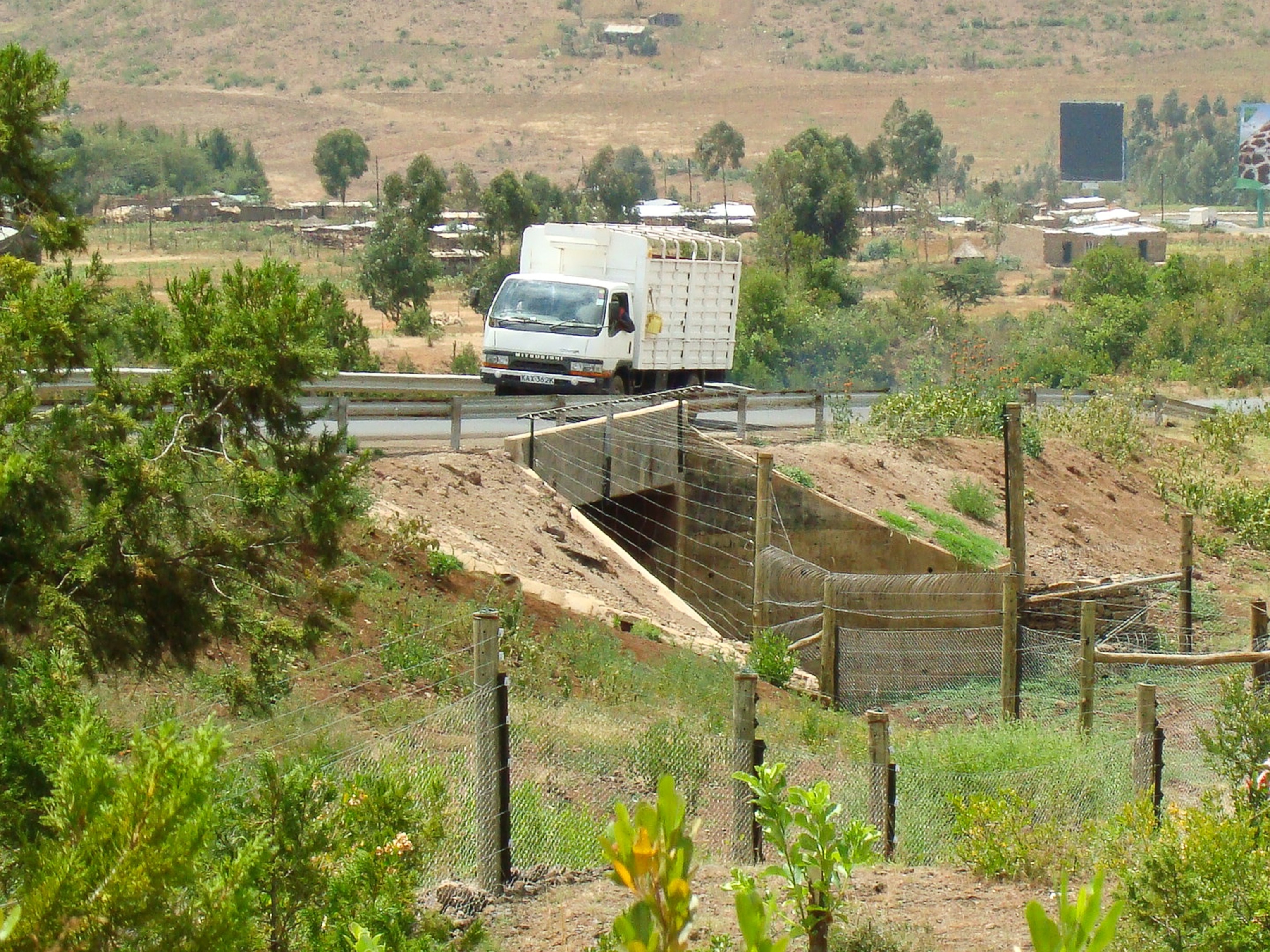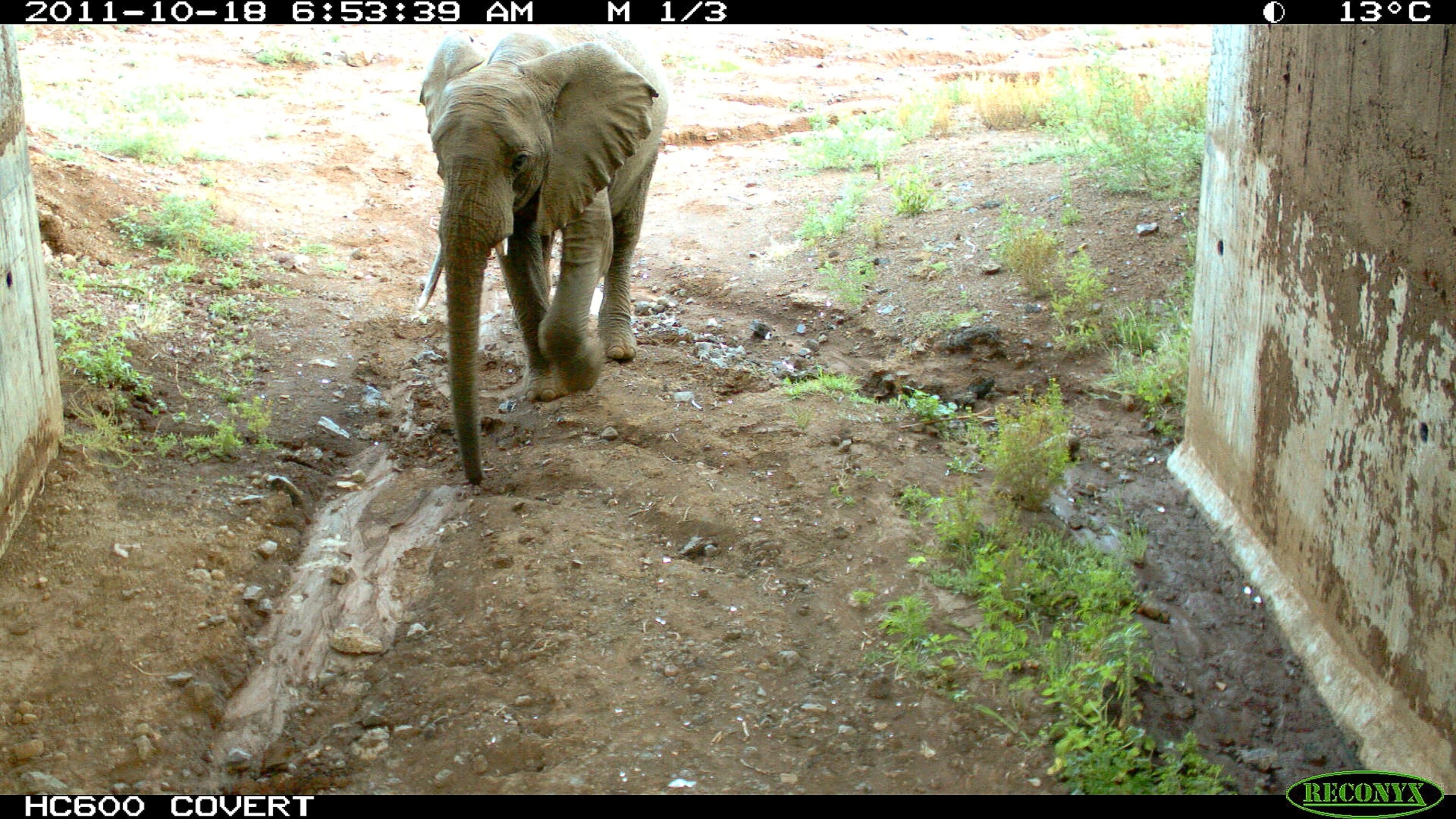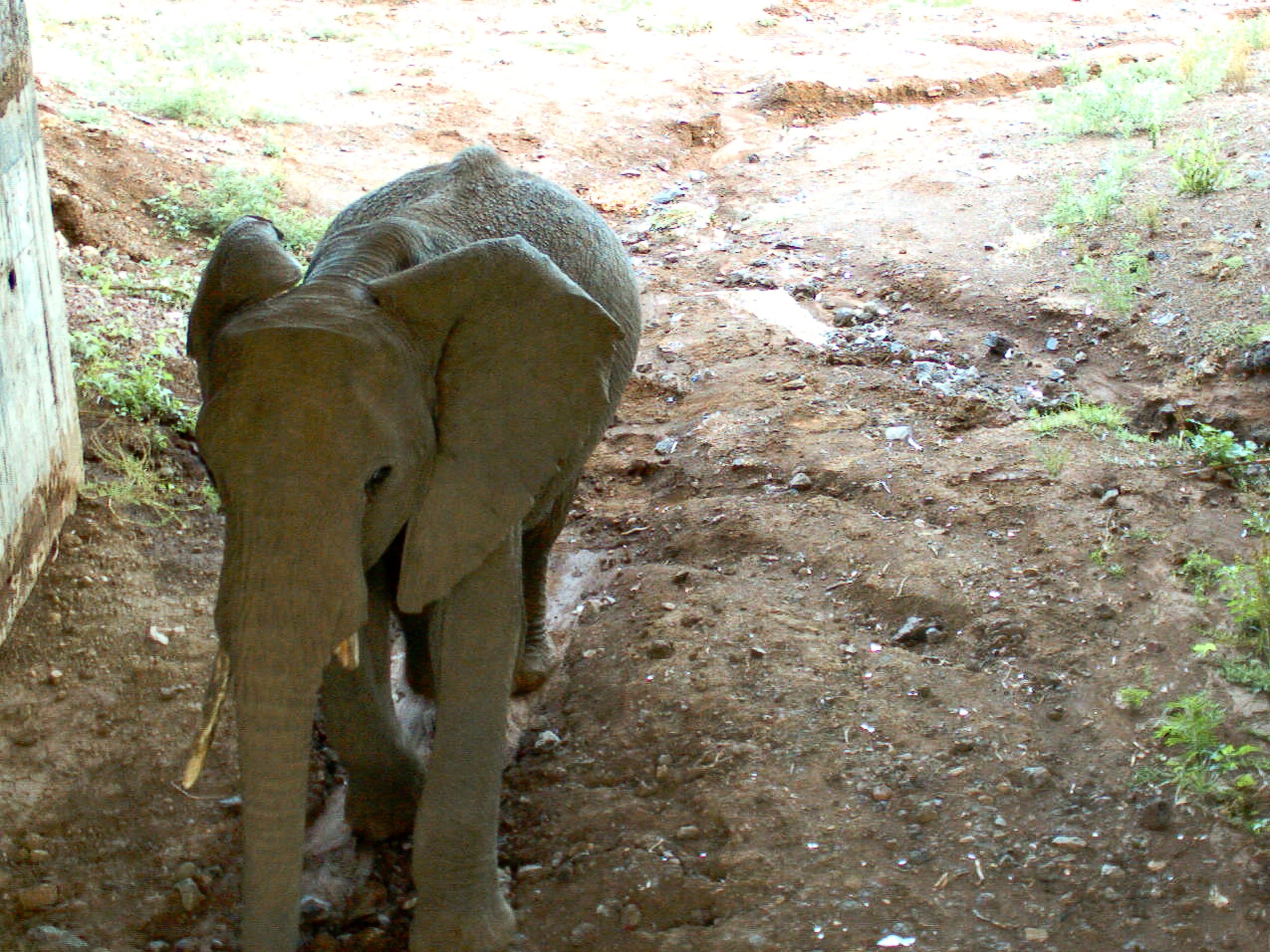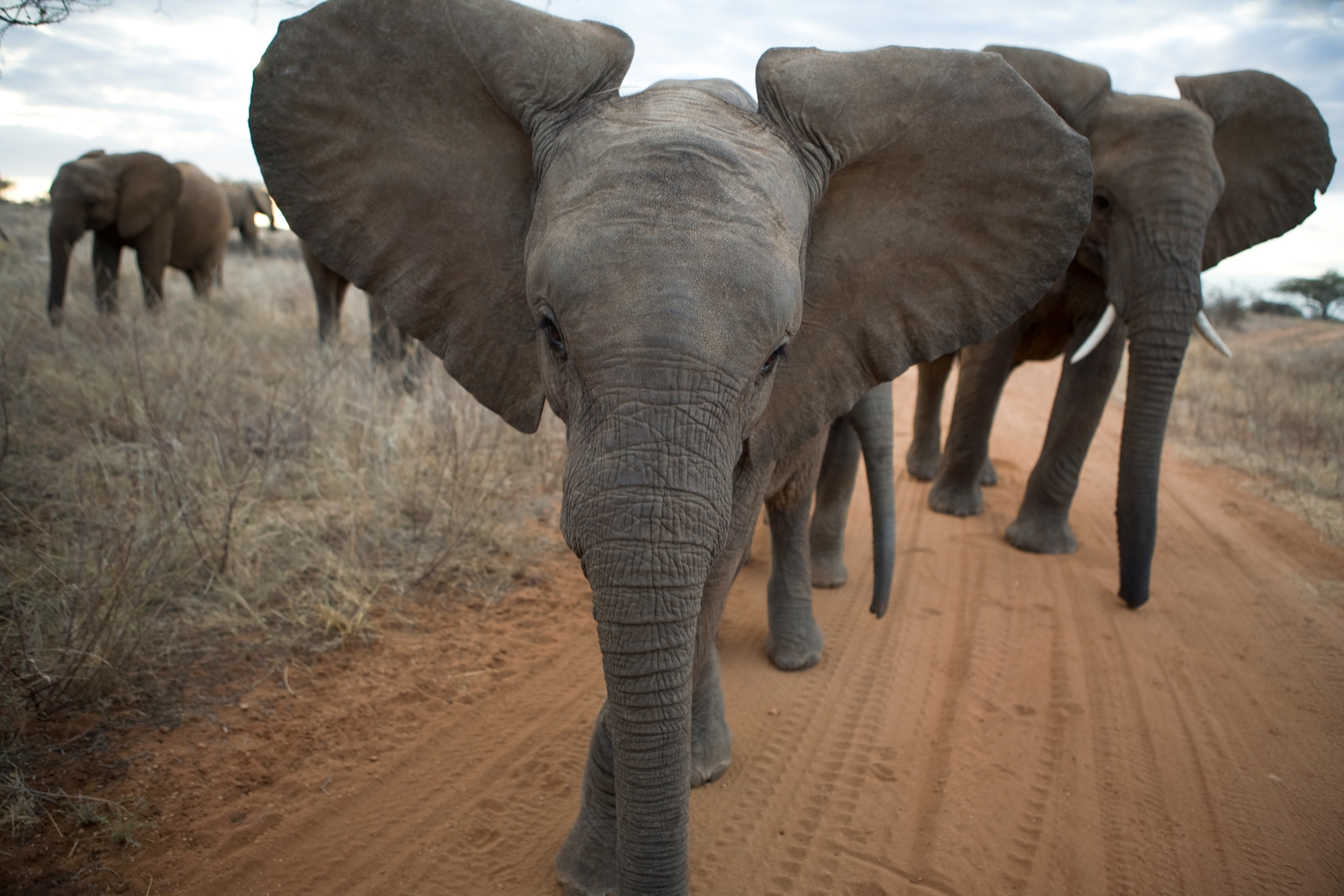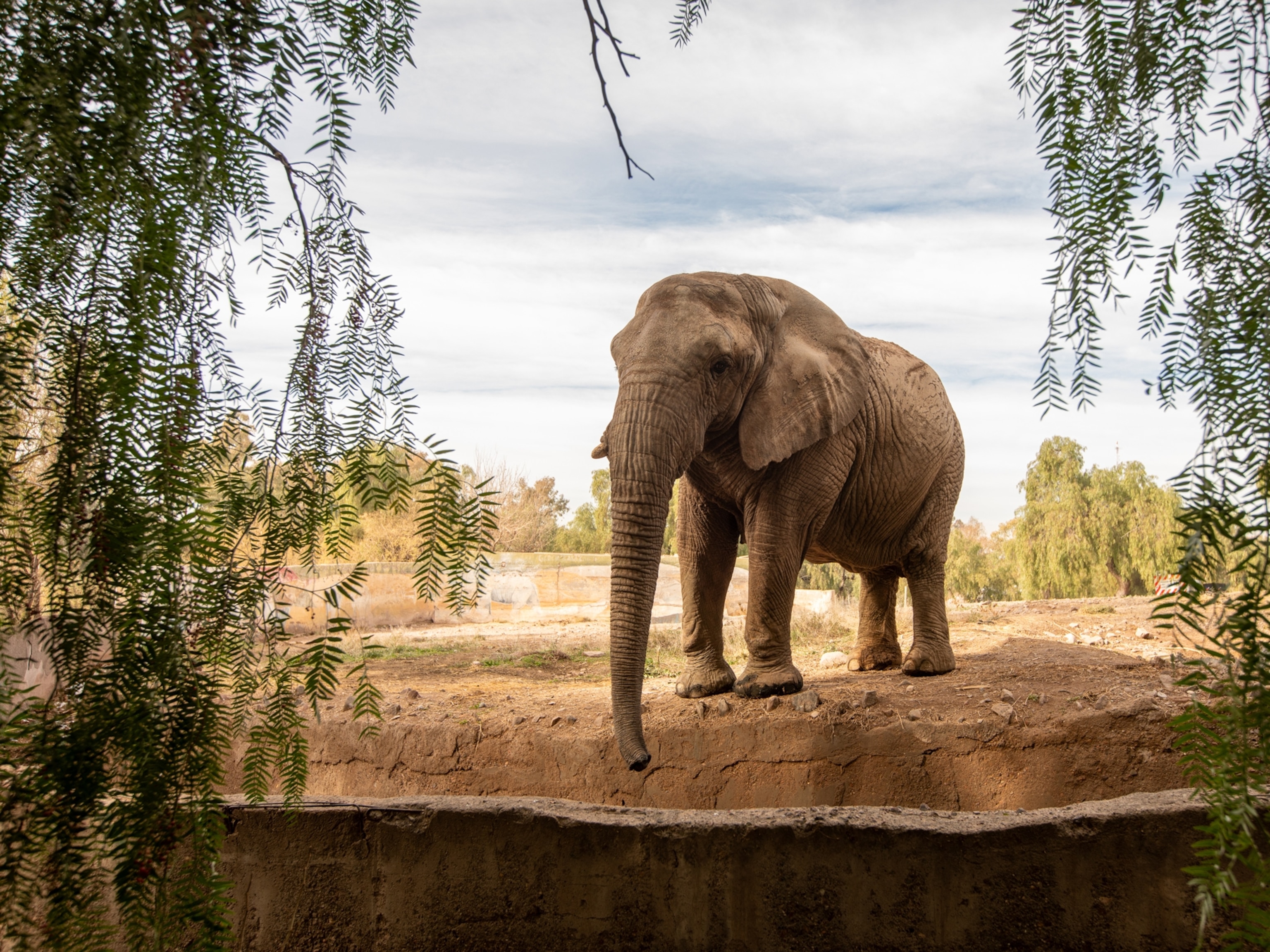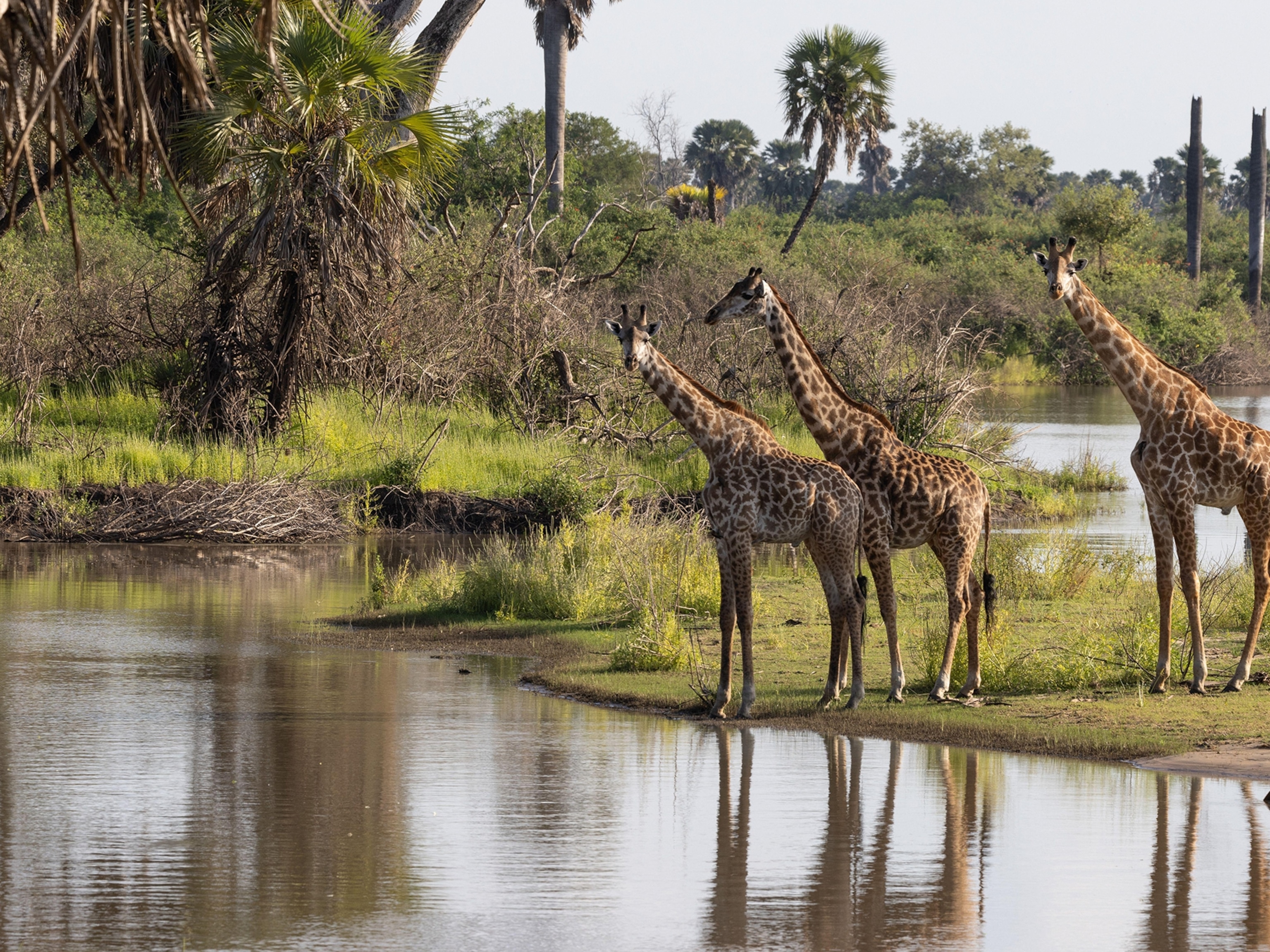Photograph courtesy Lewa Wildlife Conservancy
In Pictures: Elephant Underpass Reunites Kenya Herds
A corridor beneath a busy highway in northern Kenya is helping isolated elephant populations reunite, conservationists say.
ByChristine Dell'Amore
May 18, 2012
